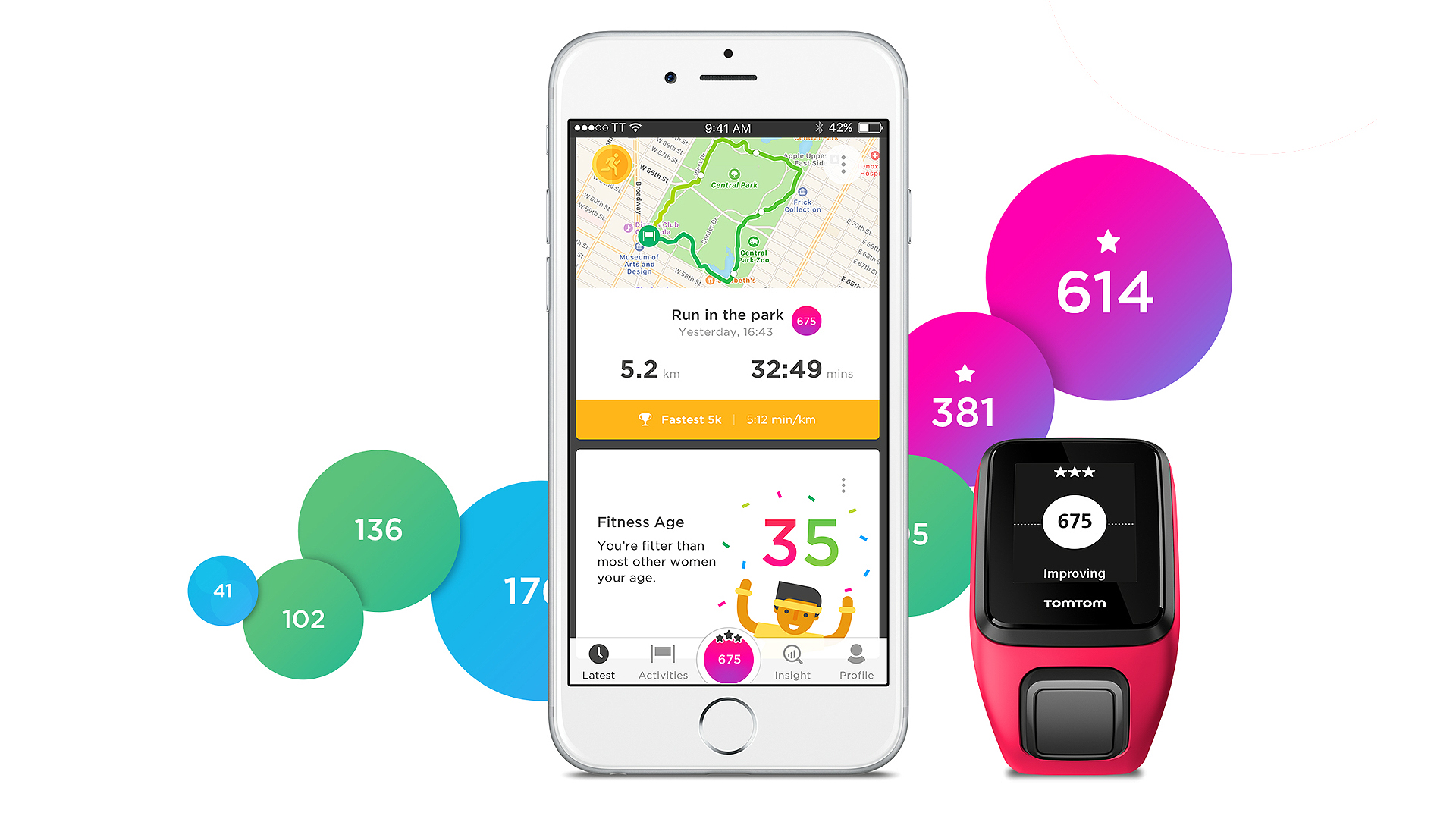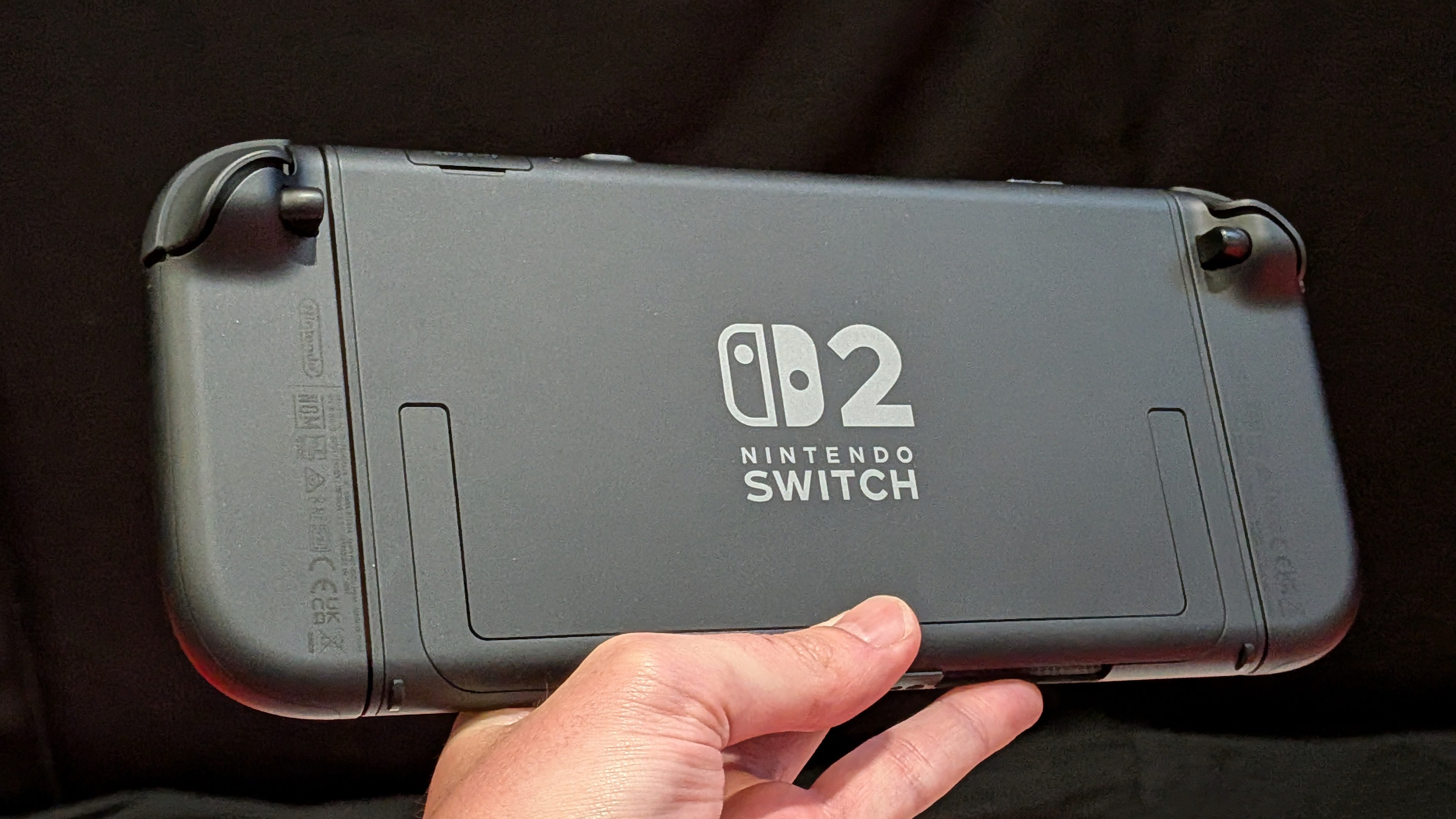

TomTom has always made pretty decent running watches and fitness trackers, but despite several revamps its app has never been all that useful.
It's hardly alone in that – most fitness wearables are great at gathering data about your activities but poor when it comes to telling you what it means and what you should do about it.
With Fitness Age and personalised workouts, announced today at IFA 2017 in Berlin, that looks set to change.
First up, Fitness Age compares your cardio data, taken from your TomTom device's heart-rate monitor, to the population at large to give you a simple indicator of your overall fitness.
It's based broadly on VO2 Max, which is a measure of how well your heart can cope with intense exercise, which is widely used by sports scientists.
Say you're 36. If your fitness age is 28 – ie, the same as a fit 28 year old – then clearly you're doing well. If it's a bit higher then maybe you should put in a bit more effort running, cycling or at the gym.
That's not entirely a new idea. What's potentially really useful is that the TomTom app will now suggest what you need to do to improve your Fitness Age.
Sign up to the T3 newsletter for smarter living straight to your inbox
Get all the latest news, reviews, deals and buying guides on gorgeous tech, home and active products from the T3 experts
It breaks your activities down by how useful they are in improving health, using a star system. So a run will generally be worth more stars than a walk, an intense gym session may be worth more than a slow bike ride, and so on.
It'll also tell you when you should be putting in some extra exercise, and how hard.
That's a big, big step forward from just logging your runs and telling you how many steps you've taken.
If you earn more than 100 stars per day, you're maintaining your fitness, whilst getting over 500, three times per week, should mean you're improving. The app will tell you when it's time to get active and how hard you need to be working.
Interestingly, if your Fitness Age is significantly higher than your actual age, TomTom won't actually tell you what the age is, as that could be too demotivating. Instead it will just strongly recommend you get some more miles in.
A further development of this is Personalised Workouts. These use cardio zone training to target five levels of intensity, from relatively sedate 'Fat burn' to limit-pushing 'Speed' and 'Power' workouts.
Feedback from the app then guides you to work harder (or slow down) to reach and maintain the right heart rate while exercising. At present this is limited to bike and running workouts, although it could be extended to gym work, cross training etc, in future.
There are some caveats to all this. VO2 Max, which TomTom uses to estimate Fitness Age, is a useful measure, but it is primarily a guide to how good your heart is at working absolutely flat out, which is not a level of intensity the average person necessarily needs or wants to hit.
Cardio zone training is great if you know what your personal heart-rate zones are and can adjust your device accordingly – they vary according to age, fitness levels and even just your genetic makeup.
Since TomTom doesn't seem to be allowing this with its Personalised Workouts, some users may find they benefit less than others from its advice.
However overall, this is exactly the direction fitness wearables should be moving in: giving actual, useful advice, and actively helping wearers get fitter over time.
Interestingly, TomTom isn't launching new hardware alongside this app update, which will roll out to its various existing devices with heart rate monitoring during September: TomTom Runner 2, TomTom Runner 3, TomTom Spark, TomTom Spark 3 and TomTom Adventurer.
We'll have a review ASAP, because this seems genuinely cool.
Duncan is the former lifestyle editor of T3 and has been writing about tech for almost 15 years. He has covered everything from smartphones to headphones, TV to AC and air fryers to the movies of James Bond and obscure anime. His current brief is everything to do with the home and kitchen, which is good because he is an excellent cook, if he says so himself. He also covers cycling and ebikes – like over-using italics, this is another passion of his. In his long and varied lifestyle-tech career he is one of the few people to have been a fitness editor despite being unfit and a cars editor for not one but two websites, despite being unable to drive. He also has about 400 vacuum cleaners, and is possibly the UK's leading expert on cordless vacuum cleaners, despite being decidedly messy. A cricket fan for over 30 years, he also recently become T3's cricket editor, writing about how to stream obscure T20 tournaments, and turning out some typically no-nonsense opinions on the world's top teams and players.
Before T3, Duncan was a music and film reviewer, worked for a magazine about gambling that employed a surprisingly large number of convicted criminals, and then a magazine called Bizarre that was essentially like a cross between Reddit and DeviantArt, before the invention of the internet. There was also a lengthy period where he essentially wrote all of T3 magazine every month for about 3 years.
A broadcaster, raconteur and public speaker, Duncan used to be on telly loads, but an unfortunate incident put a stop to that, so he now largely contents himself with telling people, "I used to be on the TV, you know."

